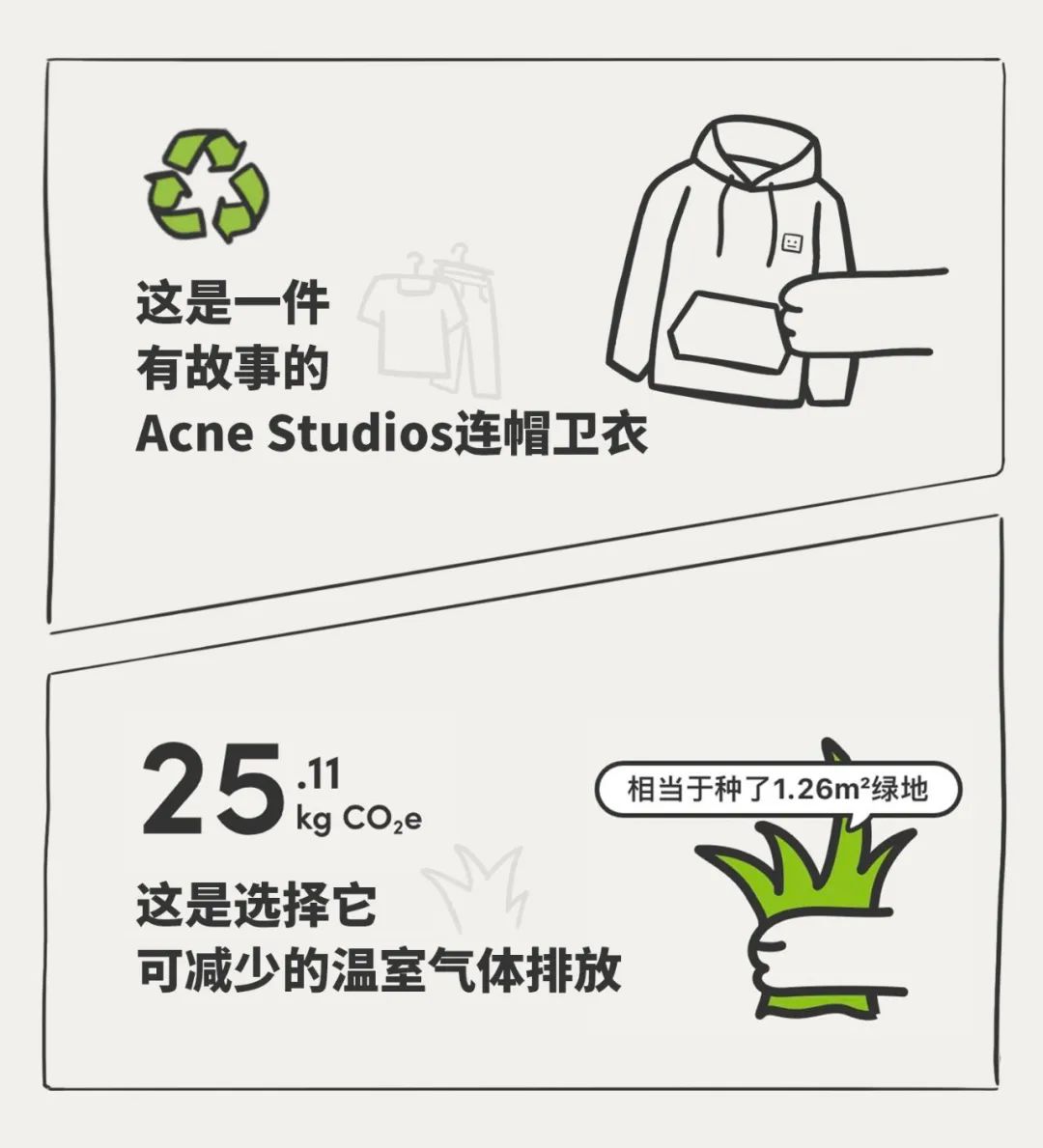
Recently, popular second-hand trading platform Duozhuayu has teamed up with Carbonstop to conduct a detailed carbon emission reduction calculation for the second-hand clothing trading scenarios on its platform. The aim is to reveal the environmental value of second-hand clothing transactions through concrete data, guiding consumers to actively participate in green consumption, and jointly promote resource recycling and environmental protection.
_1728630177533247.jpg)
Due to the wide variety of clothing types, complex and diverse fabrics, and various uncertainties in the production process, achieving precise emission reduction calculations poses certain difficulties. Therefore, common old clothing recycling projects often use a unified average or estimated value when calculating emission reductions.
To achieve precise emission reductions for each type of clothing, Carbonstop collected emissions data from multiple stages of Duozhuayu's second-hand clothing circulation, including recovery, processing, sales, and transportation, and calculated the emissions produced by different fabric types per unit weight of the second-hand clothing sold.
By using the fabric composition and weight data of each piece of clothing and connecting it with Carbonstop's software, they accurately calculated the emissions generated from the reuse of each item of second-hand clothing on the Duozhuayu platform, compared to the sale of new clothing under the same conditions, revealing the amount of carbon reduction achieved. This data not only intuitively demonstrates the huge potential of second-hand clothing transactions in reducing carbon emissions but also further confirms the positive impact of the green circular consumption model on climate change.
_1728630264130864.jpg)
Image Source: Duozhuayu
The fashion industry generates approximately 10% of global carbon emissions, with textile production alone generating about 1.2 billion tons of carbon emissions annually. (Source: Why clothes are so hard to recycle [EB/OL].) Moreover, the recycling rate of discarded textiles is low, at only 12%, lagging behind other recyclable waste such as paper, glass, and plastic PET bottles. China is the world's largest textile producer, with a total textile fiber processing volume reaching 58 million tons in 2020, accounting for over 50% of the global total. The production of synthetic fibers accounts for more than 70% globally. According to historical carbon emission data from the textile industry, although carbon emissions have been decreasing year by year, the industry has yet to fully摆脱 high energy consumption and high emissions.
The emergence of the Duozhuayu second-hand clothing trading platform not only injects a fresh green wind into the fashion industry but also deeply practices the "5R Principles" in the environmental sector: Recycling (回收), Reusing (再利用), Repairing (修复), Reducing (减少消费), and Reimagining (重构).
As a circular store that does not manufacture anything itself, Duozhuayu hopes to promote the circulation and reuse of high-quality clothing, books, and durable consumer goods, reducing the burden of excessive production and consumption on the planet. At Duozhuayu's Kunshan factory, several energy-saving and environmentally friendly designs have been adopted: for washing, Duozhuayu uses eco-friendly detergents from the British brand Ideal, prioritizing environmental friendliness and the protection of clothing before high cleaning efficiency. For dry cleaning, petroleum (hydrocarbon) solvents are used, which offer three advantages over the commonly used perchloroethylene dry cleaning agents: no environmental pollution, no harm to human health, and no damage to clothing fabrics. Duozhuayu has also designed some 'heat recovery' pipelines to recycle residual heat for heating laundry water, reducing energy waste.
_1728630322834976.jpg)
Image Source: Duozhuayu
This collaboration between Duozhuayu and Carbonstop not only provides consumers with a clear understanding of the emission reduction effects they achieve through participating in second-hand clothing transactions through scientific calculations and detailed data presentation but also significantly enhances users' sense of participation and accomplishment in environmental protection through this transparent feedback mechanism.
We believe that the future of the second-hand clothing trading industry will be a green, sustainable, and mutually beneficial fashion ecosystem. In this ecosystem, every piece of clothing will be fully utilized and respected, and every consumer will become a participant and promoter of environmental protection, using quantifiable data to pass on this green belief through the circulation of items to the next person.
_1728630375675435.jpg)
